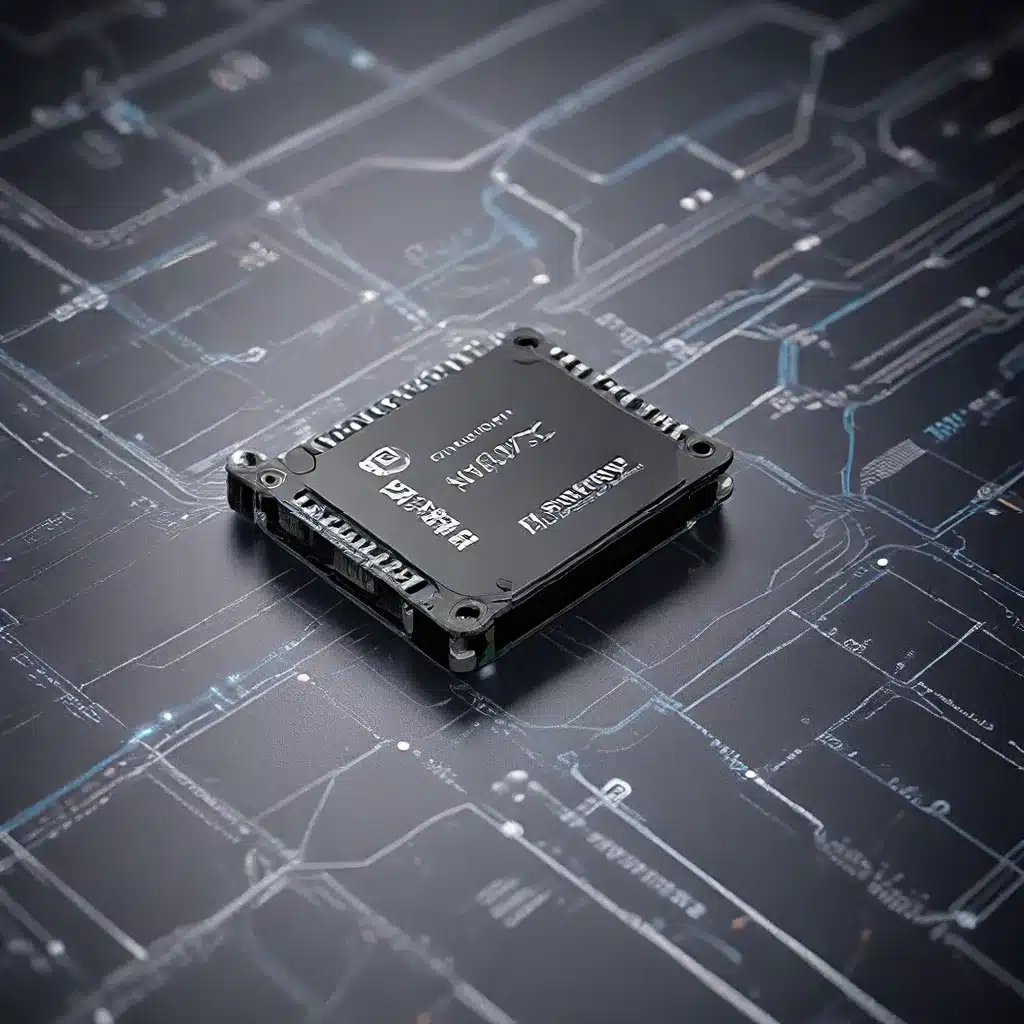
In our rapidly evolving technological landscape, the Internet of Things (IoT) has emerged as a transformative force, connecting a vast network of devices and sensors to revolutionize industries, enhance our living experiences, and drive sustainability efforts. However, powering this ever-growing web of IoT nodes presents a significant challenge that must be addressed to unlock the full potential of these innovative technologies.
The Sustainable Energy Imperative for IoT
As the world grapples with the energy trilemma of balancing affordability, environmental impact, and energy security, the integration of IoT has become a critical catalyst for achieving sustainable energy solutions. The United Nations Sustainable Development Goals (SDGs), which aim to create a more equitable and environmentally conscious global future, have positioned IoT as a key “transition enabler and facilitator” in CO2 emission reduction and energy efficiency projects.
Powering the IoT: Limitations of Conventional Approaches
Traditionally, IoT sensor nodes have been powered by a combination of grid-connected electricity and batteries. However, these approaches have inherent limitations that hinder the widespread adoption and scalability of IoT systems.
Connecting IoT sensors directly to the electrical grid requires extensive infrastructure modifications, making it economically and structurally impractical, especially for large-scale deployments. Additionally, the reliance on batteries introduces environmental and logistical challenges, as the mining, manufacturing, and disposal of battery materials can have significant social and ecological consequences.
Ambient Energy Harvesting: The Sustainable Solution
To overcome these limitations, the concept of ambient energy harvesting has emerged as a promising and sustainable approach to powering IoT sensor nodes. This technology harnesses the untapped energy present in our environment, such as light, vibrations, and temperature gradients, and converts it into electrical power to operate the IoT devices.
Harnessing Light Energy
One of the most prevalent forms of ambient energy is light, which can be captured through the photovoltaic effect. By integrating hybrid perovskite semiconductors into IoT sensor nodes, researchers have developed cost-effective and highly efficient light-to-electricity conversion devices. These energy harvesters can effectively capture energy from both natural and artificial light sources, such as LED and fluorescent lamps, enabling self-powering IoT solutions even in indoor environments.
Tapping into Mechanical Energy
In addition to light energy, IoT sensor nodes can also harvest mechanical energy from their surroundings. For example, the piezoelectric effect can be leveraged to convert the vibrations generated by household appliances, industrial machinery, and even human movement into usable electricity. This approach not only reduces energy waste but also contributes to the overall sustainability of IoT systems.
Leveraging Thermal Gradients
Another form of ambient energy that can be harnessed for IoT applications is thermal energy. The thermoelectric effect allows for the conversion of temperature gradients, such as those found in buildings, vehicles, or industrial processes, into electrical power. By integrating thermoelectric generators into IoT sensor nodes, the waste heat that would otherwise be dissipated can be captured and utilized to sustain the operation of these devices.
Hybrid Energy Harvesting: A Comprehensive Approach
To further enhance the reliability and efficiency of IoT sensor nodes, researchers are exploring hybrid energy harvesting approaches. By combining multiple energy harvesting technologies, such as photovoltaic, piezoelectric, and thermoelectric, these hybrid systems can provide a more consistent and reliable power supply, ensuring the continuous operation of IoT devices even in fluctuating environmental conditions.
Sustainable IoT Ecosystem: Advantages and Challenges
The adoption of energy-harvesting IoT sensor nodes offers a range of advantages that directly contribute to the realization of sustainable development goals:
-
Energy Efficiency: By harnessing ambient energy sources, IoT systems can reduce their reliance on traditional energy sources, leading to significant energy savings and a smaller carbon footprint.
-
Environmental Sustainability: The elimination of battery waste and reduced dependence on fossil fuels help mitigate the environmental impact of IoT deployments, aligning with SDGs related to climate action and responsible consumption.
-
Cost Savings: The self-powering nature of energy-harvesting IoT nodes can lead to substantial cost reductions in maintenance, battery replacement, and infrastructure modifications, making these systems more accessible and scalable.
-
Scalability and Deployment Flexibility: The wireless and self-powering characteristics of energy-harvesting IoT nodes enable wider and more seamless deployment, allowing for the integration of these technologies across a diverse range of applications and industries.
However, there are also challenges that must be addressed to fully realize the potential of energy-harvesting IoT systems:
-
Material Sustainability: Some energy harvesting materials, such as lead-based hybrid perovskites, may raise concerns about toxicity and the need for sustainable material alternatives and recycling processes.
-
Efficiency and Performance: Continuous research and development are required to improve the energy conversion efficiency and reliability of ambient energy harvesting technologies, ensuring they can reliably power IoT sensor nodes.
-
Standardization and Integration: The successful integration of energy-harvesting IoT systems into the broader IoT ecosystem requires the establishment of interoperability standards and seamless integration with existing IoT infrastructure and protocols.
-
Regulatory and Policy Frameworks: The widespread adoption of energy-harvesting IoT solutions may necessitate the development of appropriate regulatory frameworks and policy initiatives to support their deployment and ensure alignment with sustainability goals.
Conclusion: Powering the Future of IoT Sustainably
As the world embraces the transformative potential of the Internet of Things, the integration of energy-harvesting technologies emerges as a critical enabler for a more sustainable and resilient IoT ecosystem. By harnessing the abundant ambient energy sources in our environment, IoT sensor nodes can break free from the limitations of grid-connected power and battery-based solutions, paving the way for a future where IoT applications can thrive in harmony with our environmental and energy sustainability goals.
Through continued research, innovation, and collaborative efforts, the sensor network and IoT community can unlock the full potential of these self-powering technologies, empowering industries, communities, and individuals to create a more efficient, eco-friendly, and energy-secure future. The journey towards realizing the Sustainable Development Goals by 2030 will undoubtedly be shaped by the advancements in energy-harvesting IoT, ultimately transforming the way we interact with and harness the power of the Internet of Things.